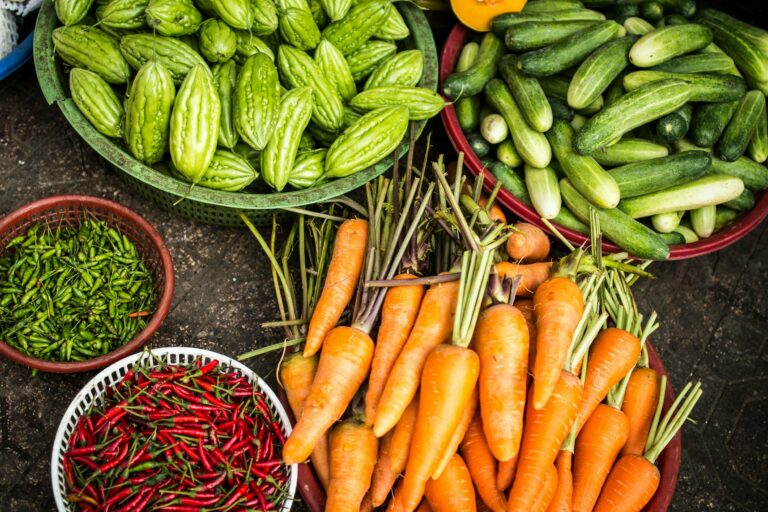Imagine waking up each day knowing you’re not just living off the land but thriving on it. That’s the essence of self-sufficiency—a lifestyle where you produce your food, generate your energy, and manage your resources sustainably. It’s not just a trend; it’s a powerful way to take control of your life and make a positive impact on the planet. Economically, self-sufficiency means saving money on groceries and utility bills, giving you financial freedom. Environmentally, it’s about reducing your carbon footprint by using renewable energy and sustainable farming practices. And on a personal level, it brings a deep sense of fulfillment and connection to nature. Embracing self-sufficiency can transform your life, making you more resilient, independent, and eco-conscious.
Generating Renewable Energy
Switching to renewable energy on your homestead is a game-changer. Let’s start with solar power: installing a system means setting up solar panels to catch the sun’s rays, an inverter to convert that energy into usable electricity, and batteries to store it for later use. The upfront cost might seem high, but the long-term savings on your electricity bills make it worthwhile. Now, if you live in a windy area, wind power could be your best bet. Small wind turbines can generate a significant amount of power, and while they need regular maintenance to keep them running efficiently, they’re a fantastic renewable option. Lastly, if you have a reliable water source, consider hydropower. Micro-hydro systems use flowing water to generate energy continuously, which can be especially useful in rural areas. You’ll need some permits and the right setup, but the benefits of a steady, eco-friendly power supply are immense. Each of these renewable energy options helps you cut down on your utility bills and reduces your environmental impact, moving you closer to a self-sufficient lifestyle.
Water Conservation
Conserving water on your homestead is easier and more rewarding than you might think. Start with rainwater harvesting—collecting and storing rainwater can be done with simple methods like setting up DIY rain barrels under your gutters. This harvested rainwater is perfect for irrigating your garden or even for household use if properly treated. Next, think about recycling greywater, which is the gently used water from your sinks, showers, and laundry. Setting up a greywater system can divert this water to your garden, reducing waste and saving fresh water. Just be sure to follow safety guidelines to ensure it’s used properly. When it comes to watering your plants, efficient irrigation techniques like drip systems can deliver water directly to the roots, reducing evaporation and waste. Combine this with mulching to improve soil health and retain moisture, and follow a smart watering schedule to make the most of every drop. These practices not only help you conserve water but also contribute to a healthier, more sustainable homestead.
Growing Your Own Food
Growing your own food is one of the most satisfying parts of homesteading. Start with a vegetable garden—plan your layout and choose crops that you and your family love. Use organic gardening methods to keep your garden chemical-free and healthier for everyone. Think about seasonal planting and crop rotation to keep your soil fertile and your harvests plentiful. Don’t forget about fruit trees and perennials. Planting fruit trees takes a bit of planning, but once they’re established, they provide delicious, fresh fruit year after year. Add some perennial vegetables and herbs for a garden that keeps on giving with less effort. If you’re up for it, consider raising livestock like chickens, goats, and bees. Chickens provide eggs, goats can give you milk, and bees are fantastic for honey and pollination. Not only do they enhance your food production, but they also contribute to a more balanced and sustainable homestead. Just make sure to practice ethical and sustainable animal husbandry to keep your animals healthy and happy. Growing your own food is a wonderful way to connect with nature, eat healthier, and live more sustainably.
Case Studies: Successful Self-Sufficient Homesteads
Let’s take a look at some inspiring examples of successful self-sufficient homesteads. First, there’s Homestead A, a true solar-powered oasis. They’ve set up a comprehensive solar power system that not only meets their energy needs but also significantly cuts down on their utility bills. Of course, they faced challenges, like the initial installation costs and occasional maintenance, but they found creative solutions like DIY fixes and community support. The result? They’re now almost completely energy-independent. Next is Homestead B, masters of water-wise living. They’ve implemented rainwater harvesting and greywater systems to recycle every drop. Efficient water management means their garden thrives even during dry spells. Their journey wasn’t without hiccups, but they learned and adapted, turning their homestead into a model of sustainable water use. Lastly, we have Homestead C, a lush food forest haven. They’ve created an extensive system for growing food, blending fruit trees, perennial vegetables, and herbs with livestock like chickens and bees. This integration boosts their food production and sustainability, making their homestead a thriving, self-sufficient paradise. These stories show that with dedication and ingenuity, achieving self-sufficiency is absolutely within reach.
Conclusion
In conclusion, we’ve explored the essentials of creating a self-sufficient homestead, from generating renewable energy and conserving water to growing your own food and learning from successful homesteads. Embracing this lifestyle brings numerous benefits—financial savings, environmental sustainability, and a deeper connection to nature. If you’re feeling inspired, now is the perfect time to start your journey toward self-sufficiency. There are plenty of resources out there to help you along the way, including books, websites, and workshops. We’d love to hear your stories and tips, so please share them in the comments. Don’t forget to subscribe for more homesteading advice and updates. Also, keep an eye out for our upcoming workshops and events to dive even deeper into the world of self-sufficient living. Let’s make this journey together!

